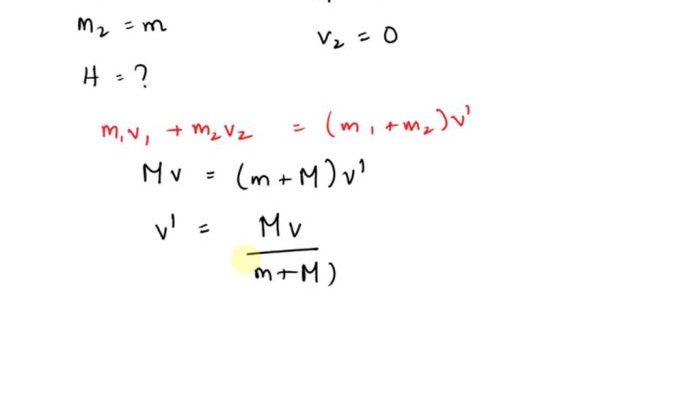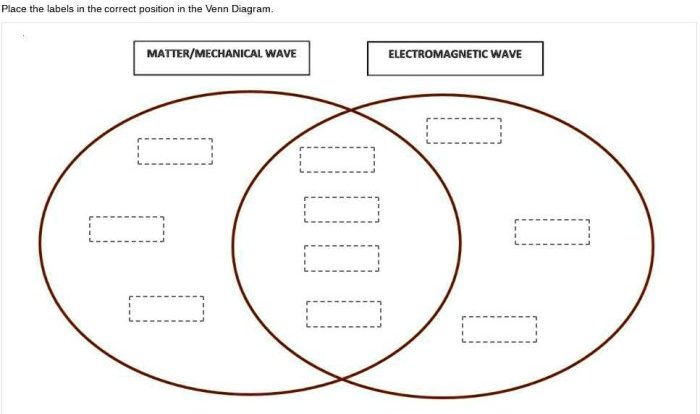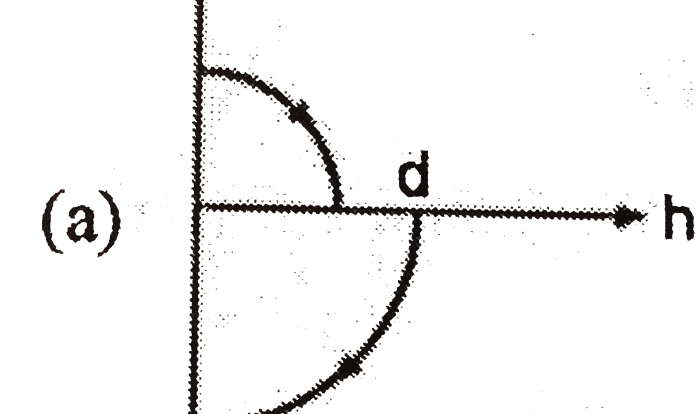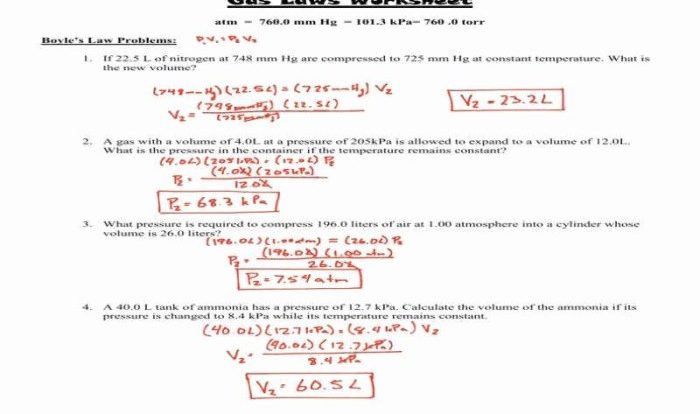What is the x component vx of v⃗? This intriguing question marks the beginning of an exploration into the mathematical underpinnings and physical significance of this fundamental concept. As we delve into this topic, we will uncover the mathematical equation that defines vx, explore its physical implications, and discover its wide-ranging applications in various scientific and engineering disciplines.
The x component vx of v⃗, representing the velocity vector in the x-direction, holds profound importance in understanding the motion of objects. It quantifies the object’s velocity along the x-axis, providing crucial insights into its displacement and trajectory.
Introduction: What Is The X Component Vx Of V⃗
The x component of the velocity vector, denoted as vx, represents the velocity of an object along the x-axis. It is a crucial parameter in describing the motion of objects in two dimensions.Analyzing the x component of the velocity vector allows us to determine the object’s speed and direction along the x-axis.
This information is essential for understanding the object’s overall motion and predicting its future position.
Mathematical Representation
The x component of the velocity vector v⃗, denoted as vx, can be mathematically expressed using the following equation:
vx = v cos θ
where:
- v represents the magnitude of the velocity vector v⃗
- θ represents the angle between the velocity vector v⃗ and the x-axis
To calculate the x component vx of v⃗, you need to know both the magnitude v and the angle θ. Here are some examples:
Example 1
If a particle moves with a velocity of 10 m/s at an angle of 30° with respect to the x-axis, then the x component of its velocity is:
vx = v cos θ = 10 m/s cos 30° ≈ 8.66 m/s
Example 2
If a projectile is launched at a velocity of 50 m/s at an angle of 45° with respect to the horizontal, then the x component of its velocity is:
vx = v cos θ = 50 m/s cos 45° = 35.36 m/s
Physical Significance
The x component vx of v⃗, often referred to as the velocity in the x direction, is a crucial parameter in describing the motion of an object. It represents the rate of change of the object’s position along the x-axis, which is one of the three axes in a three-dimensional coordinate system.
The x component vx of v⃗ provides essential information about the object’s motion, including its speed and direction along the x-axis. The speed of the object in the x direction is the magnitude of vx, while the direction is determined by the sign of vx.
A positive vx indicates motion in the positive x direction, while a negative vx indicates motion in the negative x direction.
Effect on Motion
The x component vx of v⃗ significantly affects the object’s motion. It determines the object’s displacement, which is the change in its position along the x-axis over time. A constant vx results in a uniform motion along the x-axis, where the object covers equal distances in equal time intervals.
Furthermore, the x component vx of v⃗ influences the object’s acceleration in the x direction. Acceleration is the rate of change of velocity, and the x component of acceleration (ax) is determined by the change in vx over time. A positive ax indicates an increase in vx, resulting in accelerated motion along the x-axis.
Conversely, a negative ax indicates a decrease in vx, resulting in decelerated motion or motion in the opposite direction along the x-axis.
Applications
The x component of velocity, vx, finds numerous applications in real-world scenarios, particularly in the fields of physics, engineering, and technology.
Mechanics
In mechanics, vx is used to analyze the motion of objects in one dimension. It is a key parameter in calculating:
- Displacement: The change in position of an object along the x-axis
- Velocity: The rate of change of displacement
- Acceleration: The rate of change of velocity
Projectile Motion
In projectile motion, vx is used to determine the horizontal velocity of an object launched into the air. This component influences the trajectory and range of the projectile.
Fluid Dynamics
In fluid dynamics, vx is used to describe the velocity of a fluid flowing in a particular direction. It is a crucial parameter in calculating:
- Flow rate: The volume of fluid passing through a given area per unit time
- Pressure: The force exerted by the fluid on a surface
- Viscosity: The resistance of a fluid to flow
Electronics, What is the x component vx of v⃗
In electronics, vx is used to represent the horizontal component of the velocity of electrons in a circuit. It is a factor in determining the resistance and inductance of a conductor.
Robotics
In robotics, vx is used to control the movement of robots along a specific direction. It is a key parameter in path planning and navigation algorithms.
Related Concepts
The x component of velocity, vx, is closely related to several other concepts in physics, including:
Displacement in the x direction: x. vxis the rate of change of displacement in the x direction. Mathematically, x= ∫ vxdt.
Acceleration in the x direction: ax. axis the rate of change of velocity in the x direction. Mathematically, ax= d vx/dt.
Force in the x direction: Fx. Fxis related to vxthrough Newton’s second law, Fx= max, where mis the mass of the object.
Momentum in the x direction: px. pxis the product of the mass of the object and its velocity in the x direction, px= mvx.
Interaction with the x component vx of v⃗
These related concepts interact with the x component of velocity in various ways:
- Displacement in the x direction is directly proportional to vx. A positive vxindicates motion in the positive x direction, while a negative vxindicates motion in the negative x direction.
- Acceleration in the x direction causes vxto change. A positive axindicates that vxis increasing, while a negative axindicates that vxis decreasing.
- Force in the x direction causes vxto change. A positive Fxindicates that vxis increasing, while a negative Fxindicates that vxis decreasing.
- Momentum in the x direction is directly proportional to vx. A positive pxindicates motion in the positive x direction, while a negative pxindicates motion in the negative x direction.
FAQ Resource
What is the mathematical equation for vx?
vx = v – cos(theta), where v is the magnitude of the velocity vector and theta is the angle between the velocity vector and the x-axis.
How does vx affect the motion of an object?
vx determines the object’s velocity along the x-axis, which influences its displacement and trajectory.



